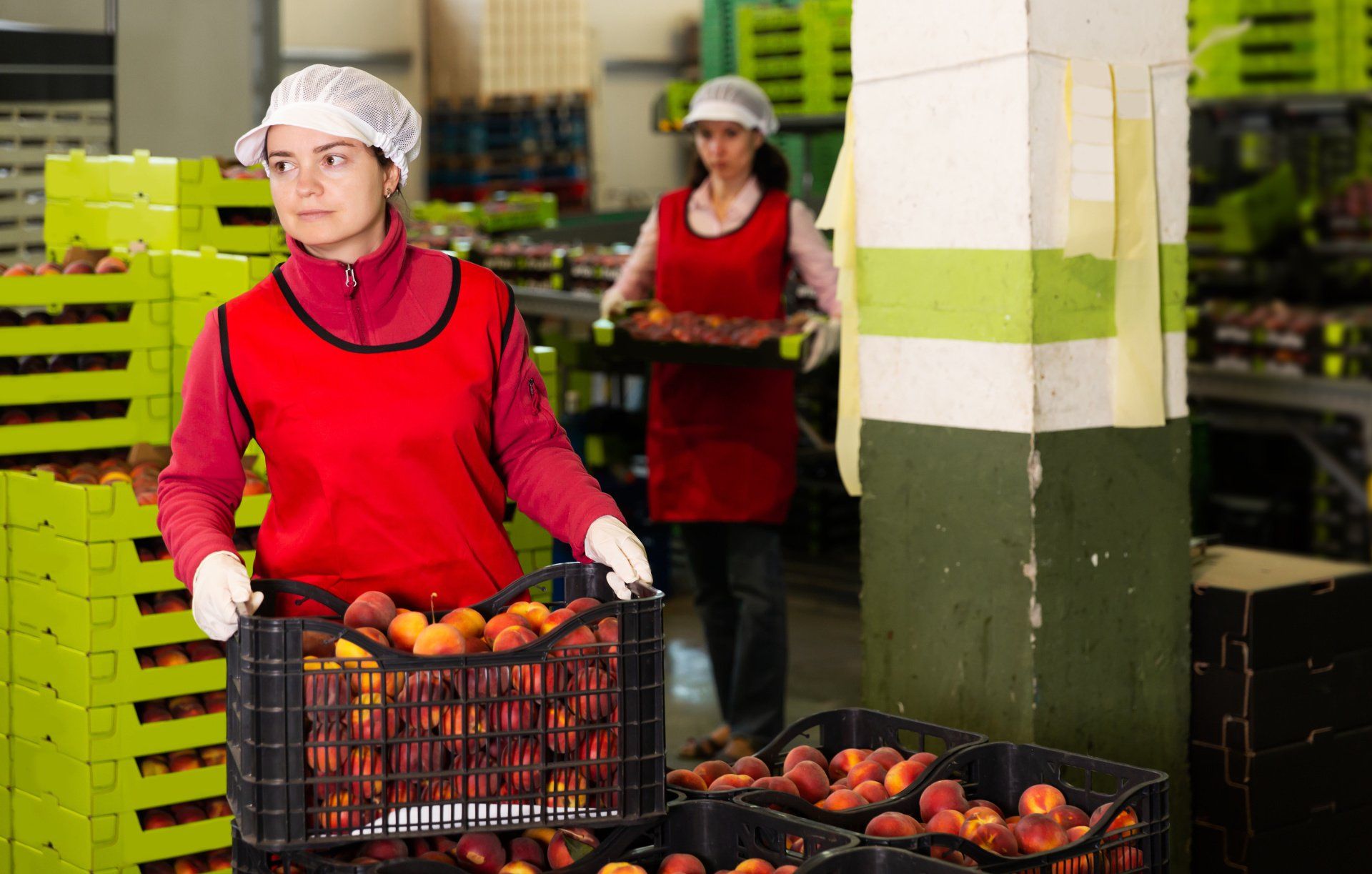1MG FlippingBooks
Harvest trail employment service expanded to meet labour shortfall
Elizabeth Gracie

The Federal Government has expanded the Harvest Trail employment service to 16 new horticulture regions in an effort to stem the agricultural labour shortage that COVID - 19 has created.
Starting in July 2020, the newly expanded service will allow labour-hire organisations to claim 4, 12 and 26-week outcomes for supporting Australian job seekers into harvest jobs.
Minister for Employment, Skills and Family Business, Senator Michaelia Cash said that the expansion would ensure major horticultural regions would receive access to the workers they need.
“Harvest Trail Services plays a critical role ensuring Australian growers are able to access the labour supply they need to meet spikes in seasonal demand,” said Cash.
National Farmers Federation (NFF) CEO Tony Mahar said that restrictions on backpacker numbers and the movement of international workers were creating angst for farmers ahead of this year’s harvest season.
“This year farmers are particularly concerned about a reduction in backpacker numbers, however, they also see the opportunity for recently unemployed Australians to help fill the gap”.
The NFF has welcomed the expansion of the service and believes it will be able to provide farmers with the crucial labour they need for harvest time, as well as providing employment to Australians who have lost their source of income as a result of COVID - 19.
In the 2019 - 2020 season alone, the service facilitated 23,000 individual farm work placements.
The NFF hopes that the move is a step in the right direction to help increase Australia’s available agriculture workforce by 25% by 2030.
“The expansion of Harvest Trail, an established and highly successful platform is one important pathway to achieving this target,” said Mahar.
David Littleproud, Minister for Agriculture said that the expansion of the service was crucial in supporting Australian farmers to meet seasonal labour demand and keep the Australian agriculture sector thriving.
“Maintaining domestically grown food supplies is essential to Australian families and to our economy,” said Littleproud.
NEWS

Prodoz, a Proudly Australian and family-owned agribusiness, based in Melbourne, is strengthening its positions as national/international leader in advanced crop – science solutions through a growing portfolio of global innovation partners and a distribution footprint supported by all major distributors - includes Nutrien Ag, Elders, Lindsay Rural and Independent Rural stores.

Trace minerals are required for optimal growth, reproduction, and immunity. Optimising trace mineral status relying solely on oral supplements across a herd may fail because of variation in individual intake and reduced absorption due to antagonism of other ration components and minerals. The use of injectable trace mineral supplements has been associated with positive reproductive outcomes including improved conception rate, increased odds of pregnancy and greater final in calf rate. A study conducted on 2,168 dairy cows, administered injectable trace minerals, four weeks prior to calving and again four weeks prior to the start of mating showed treated animals had a 3.3 per cent greater final in-calf rate, and a reduced time from start of mating to conception, compared to control animals 1 . The Importance of B12 Dr Carl Eden, Technical Services Veterinarian with Boehringer Ingelheim says “Vitamin B12 is sometimes referred to as a ‘super vitamin’ because it is only required in very small amounts but vital to many essential metabolic pathways. However, demand for B12 can vary considerably during the year and we see serum levels of B12 fall at critical times, such as the first few months after calving.” Vitamin B12 contains cobalt, so deficiency in cobalt can lead to deficiency in vitamin B12 because ruminants get most of their B12 as a byproduct of ruminal fermentation where the bacteria in their rumen assemble B12 from cobalt for use by the cow. Sub-optimal trace mineral and vitamin B12 status at calving, mating, and drying off has been shown to negatively impact growth, reproduction, and immunity. Using a trace mineral injectable containing vitamin B12 can improve trace mineral and vitamin B12 status at these critical times. Marks-Min with Vitamin B12 – The Evidence In the largest trace element study to date, Marks-Min Injectable Trace Mineral with Vitamin B12 demonstrated remarkable results when compared to a reference trace mineral injection. “Given the differences between Marks-Min and other products on the market, we wanted to generate a compelling data set to demonstrate how effective it was compared to the pioneer product. We entrusted this work to a third-party research company” says Dr Eden. “We chose farms that were at the top of their game from a reproductive perspective. We made sure that the farms had no evidence of trace element or vitamin B12 deficiencies or excess.” Across all outcomes of interest, Marks-Min demonstrated clear non-inferiority when compared to the reference product. Outcomes measured included submission, pregnancy and conception rates, and six week in-calf rate. Marks-Min demonstrated it is highly suited as an alternative treatment to the reference product. Reference: 1. Hawkins, D., and B. V. S. Franklin. New Zealand Dairy Veterinarians Newsletter 24 (2007): 12-16 Company website: livestockfirst.com.au Company email address: CustomerCare.Australia@boehringer-ingelheim.com Company video: https://vimeo.com/1138807630?fl=pl&fe=cm














